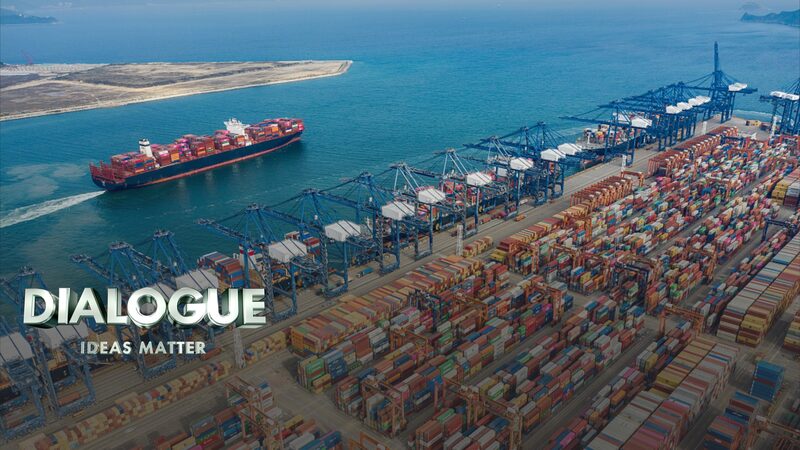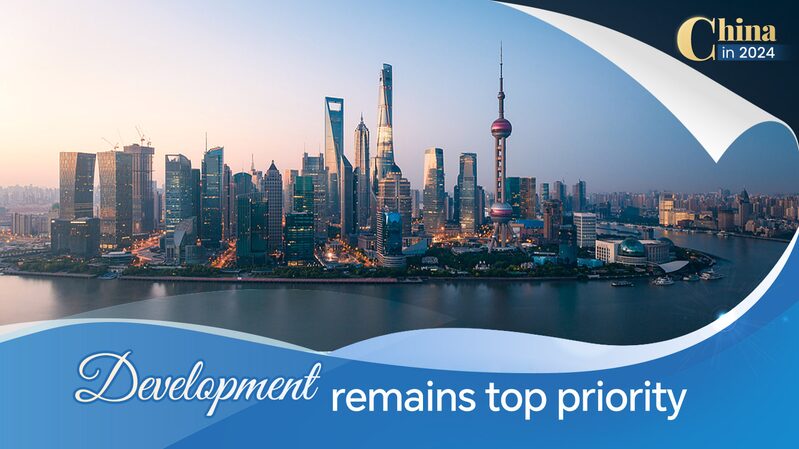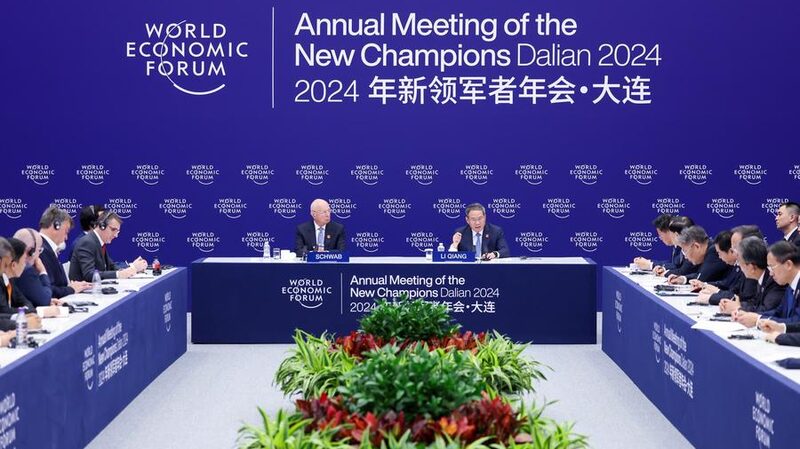This year marks the 45th anniversary of China’s reform and opening up policy, a transformative initiative that has reshaped not only China but also the global economic landscape. From an agrarian economy to becoming the world’s second-largest economy—or the largest by purchasing power parity—China’s rapid development is a testament to the profound impact of this policy.
Since the late 1970s, China has embraced market-oriented reforms, opening its doors to foreign trade and investment. Today, it stands as a major trade partner for over 140 countries and regions, contributing approximately 30% to global economic growth. But what exactly does this reform and opening up entail? What lessons can be gleaned from China’s experiences? And what challenges lie ahead as China aims to sustain its economic momentum?
To delve into these questions, we spoke with three experts intimately familiar with China’s economic journey:
- Atul Dalakoti, Executive Director of the Federation of Indian Chambers of Commerce and Industry.
- Wang Dan, Chief Economist at Hang Seng Bank in China.
- David Mahon, Executive Chairman of Mahon China Investment Management.
Reflections on 45 Years of Progress
“China’s reform and opening up policy has been unparalleled in modern economic history,” says Atul Dalakoti. “The strategic shift towards market liberalization and global integration has lifted hundreds of millions out of poverty and created vast opportunities for international collaboration.”
Wang Dan highlights the adaptability of China’s approach. “The success lies in China’s willingness to learn and adapt policies that suit its unique context,” she notes. “From Special Economic Zones to joining the World Trade Organization, each step has been calculated to maximize growth.”
Lessons Learned
The experts agree that other developing countries can learn from China’s emphasis on long-term planning and infrastructure development. David Mahon points out, “Investing in infrastructure and education has been critical. It has not only spurred economic growth but also improved living standards.”
Moreover, China’s approach to gradual reform, rather than abrupt changes, has allowed for stability. Wang Dan adds, “Incremental reforms provided a safety net against potential economic shocks, ensuring sustainable development.”
Challenges Ahead
Despite past successes, China faces significant challenges in maintaining its positive momentum. Atul Dalakoti expresses concerns about demographic changes. “An aging population could strain social services and reduce the labor force, potentially slowing economic growth,” he warns.
Wang Dan emphasizes the need for innovation. “Moving up the value chain is essential. China must transition from being the world’s factory to becoming a leader in technology and services.”
David Mahon notes external pressures. “Global trade tensions and shifting geopolitical landscapes require China to navigate carefully to maintain its role in the global economy,” he says.
Looking Forward
As China stands at this 45-year milestone, the consensus among experts is that continued reform and opening up are crucial. Embracing new technologies, fostering innovation, and addressing social challenges will be key to sustaining growth.
“China’s journey offers valuable insights for the global community,” concludes David Mahon. “Its ability to adapt and evolve will determine not just its own future, but also its contributions to the world economy.”
Reference(s):
Reflections & insights on China' s reform & opening up at 45
cgtn.com







